What's up with the dogs commonly called Jack Russell Terriers?
Who knew!
These days there are actually 3 distinct breeds; the Jack Russell Terrier, the Parson Russell Terrier and the Russell Terrier.
This article contains links and resources from a number of different clubs, and articles by breed experts from the world of dogs and terriermen which may help to clarify...
Terrier breeds have been around for hundreds of years - for centuries developed as useful working dogs.
Surprising - The Jack Russell Terrier breed is not recognized by the AKC and the Russell Terrier breed is recognized by AKC only!
The Kennel Club, UK just recently recognized the Jack Russell, although the breed has been in Great Britain for a very long time.
See the chart below for where these breeds are recognized, breed standard links and more...
Suffice it to say...
The health and welfare concerns of these 3 terrier breeds are similar. Behaviour and temperament as well as working abilities are appreciated by terrier enthusiasts worldwide. See the DWN Database pages for each of the breeds to learn more about breeding strategies, health issues, research as well as videos, club links and other documentation which explore the different breed's individual character and traits.
SORTING OUT THE DIFFERENCES
Tony Jackson Shooting Times UK - May 25, 2017
The difference between a Jack Russell terrier and a Parson Russell
Article from Shooting Times, UK contains history, explores working and showing attributes of the Parson and Jack terriers
Quote
A terrierman speaks
What then, exactly, is a real Jack Russell terrier? I asked Eddie Chapman, renowned in the hunting and working terrier world for his expertise, not only as a terrierman — having worked for some 15 packs of hounds — but also for his determined efforts to retain the essence of the genuine working Jack Russell. Eddie has owned, bred and worked scores of terriers and says he still has three lines of terriers that can be traced back to the Parson Russell line.
Simon Parsons Dog World UK
an archived article from Dog World UK published in 2015
Quote
Currently there exist several Standards for the breed and I’ve found three, that from Australia which is considered the ‘country of development’ by the Fédération Cynologique Internationale, another from the Jack Russell Terrier Club of GB which appears to use one compiled by its American equivalent, and finally that from the American Kennel Club for the ‘Russell Terrier’.
Ria Hörter: A Canine Chronicle: Parson John (Jack) Russell and the Jack Russell Terrier
Ria explores the development and history of the Jack Russell Terrier - the breed named after Parson John (Jack) Russell.
Quote
Jack Russell lived at a time when ‘sport’ really meant ‘hunting’ and from the time he was a young boy, he showed a natural talent for
dealing with dogs and horses. In the 19th century, Terriers were not yet separated into distinct breeds as they are today, although there was some distinction of types. In Cynographia Britannica (published around 1800), Sydenham Edwards wrote about two types of terrier: crooklegged and straight-legged. In general, their color was black with tan markings on the muzzle and the legs and some tan above the eyes. Red, yellow-brown and spotted Terriers were mentioned as well. White was the favourite color of hunters (to distinguish the dogs from the prey) and usually the tail was docked and the ears cropped. Edwards also described the temperament of those Terriers: “grumbling, grumpy, irritable and alert”, but also “brave and intelligent”.
Charles Hickey, DVM (DWN content partner): Information on the JRTCA and the True JRT as recognized by the JRTCA and the JRT Club of Great Britain: The True JRT
The JRTCA Breed Standard
AKC: AKC Staff Writers: Spotlight:The Jack Russell Terrier
From AKC's website 08 sep 2014: an archived article: brief history, health, training
Quote
Russell Terrier, Parson Terrier, Jack Russell…there's so much confusion about what is or is not a Jack Russell. Some
background will clarify that. The original Jack Russell Terrier was developed by his namesake in the 1800’s. He was bred
to hunt fox: agile and intelligent enough to outsmart the fox and tenacious enough to dig and follow his prey down into the
hole.




 Donate
Donate
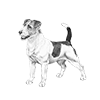
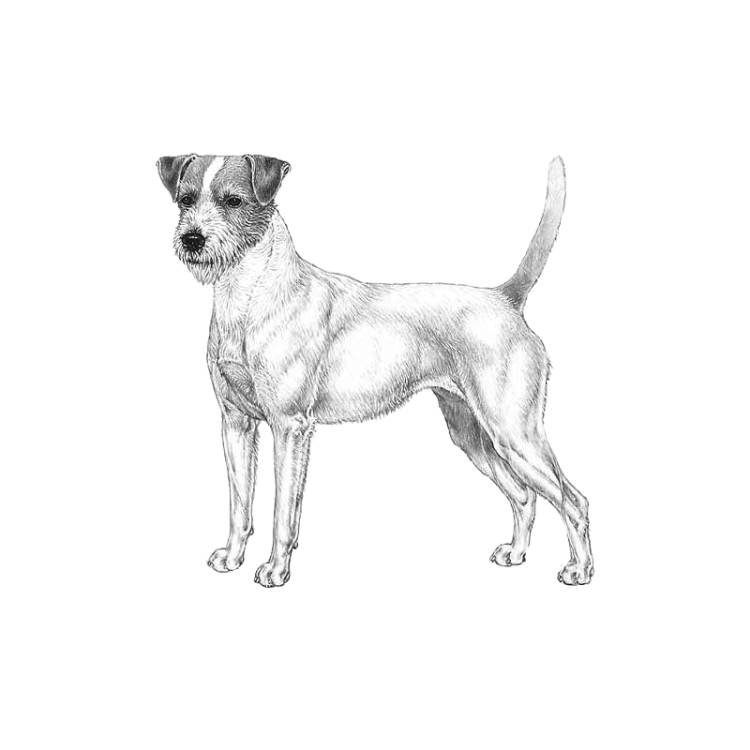
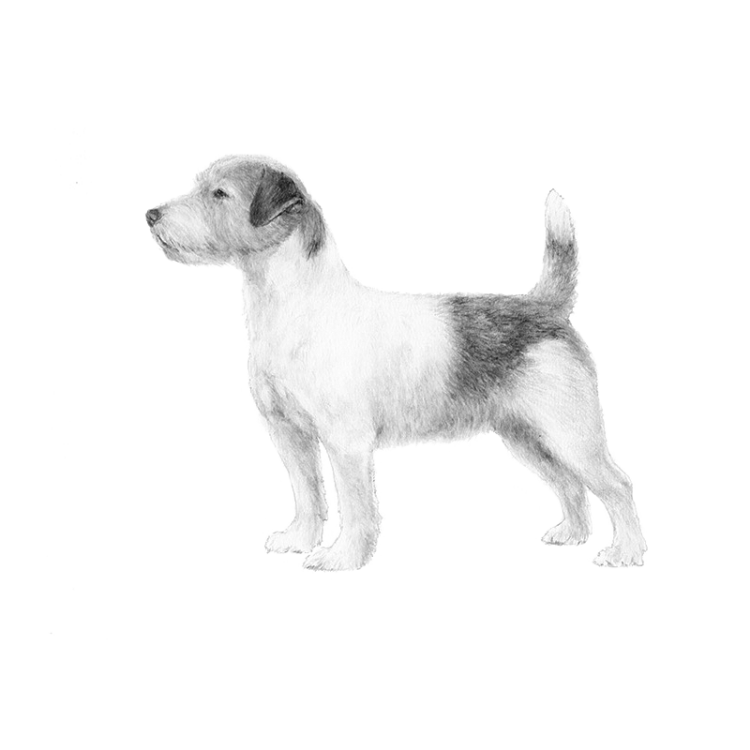

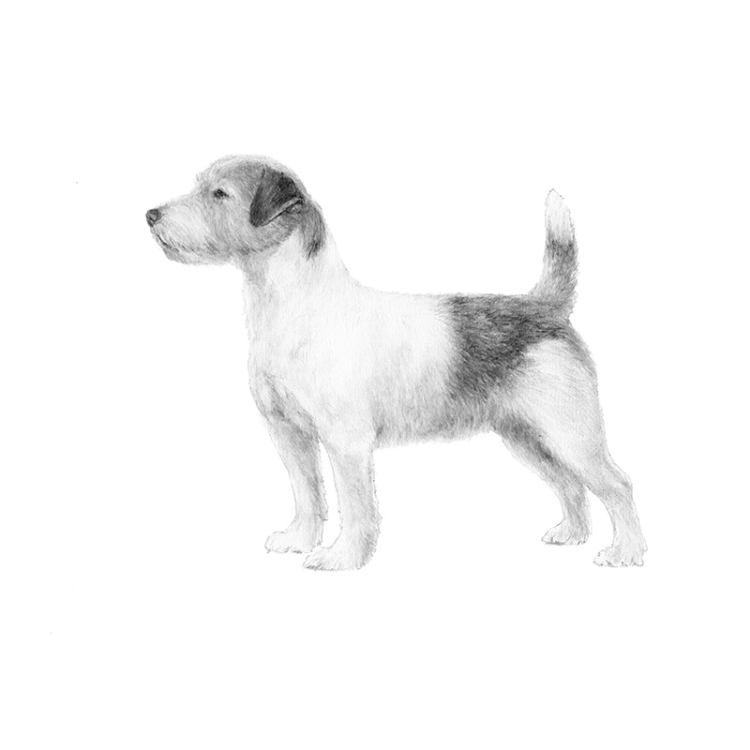
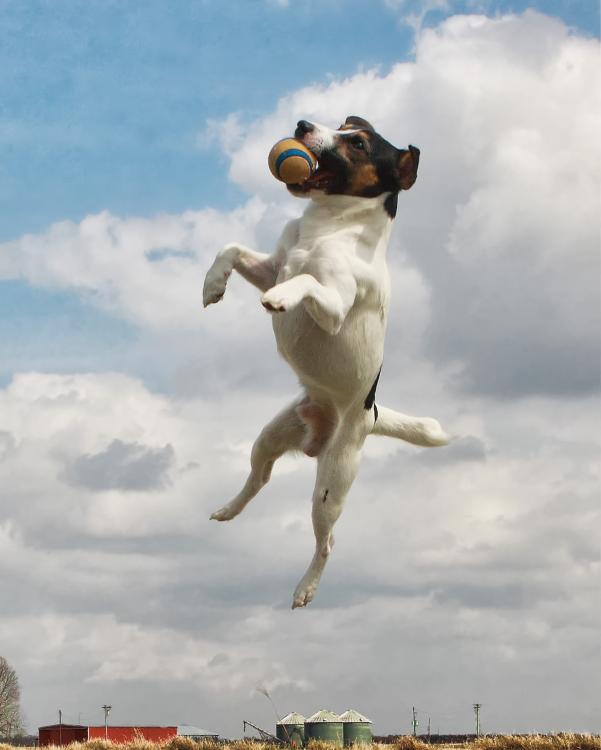
Recommended Comments
There are no comments to display.
Join the conversation
You can post now and register later. If you have an account, sign in now to post with your account.
Note: Your post will require moderator approval before it will be visible.